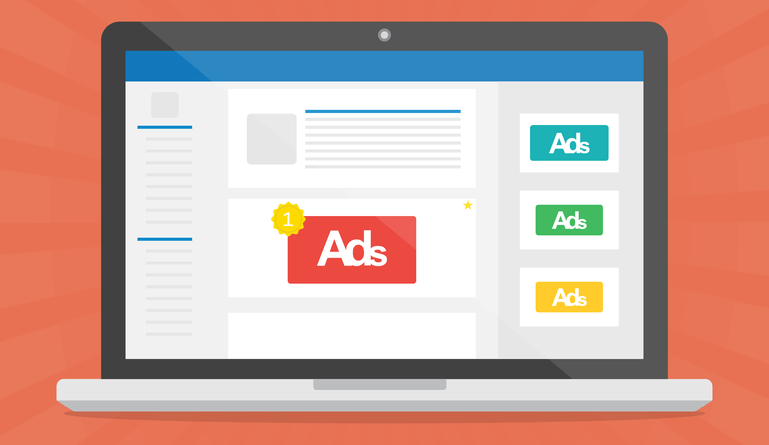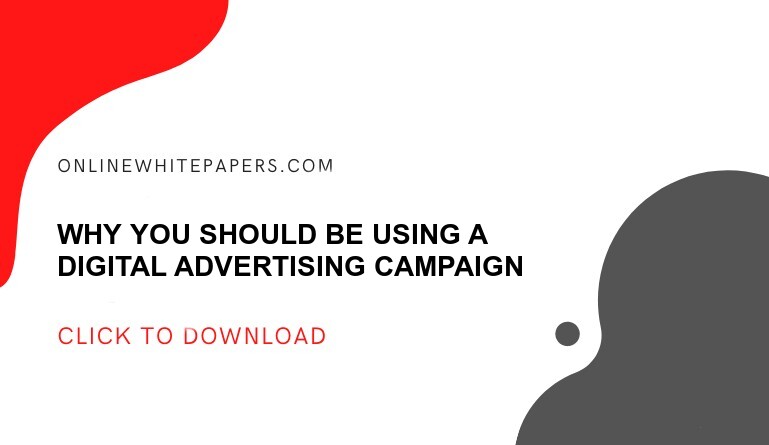Digital marketers often find themselves wondering about the efficacy of their ad spend on digital adverts. With the increased threat of fake traffic and bots, this can be a big setback for marketing efforts.
Ad verification acts as a screener to lower the wasted resources and budgets and reach relevant audiences. Ad verification is the process that aims to find out whether an advertiser’s advertisement is displayed on the right publisher’s website. It tries to make sure that the advertisement is displayed according to the terms specified by the ad campaign set up by the organization.
It aims to verify if the website displaying the advertisement is a high-quality photo or not, the server is geographically consistent with the campaign requirements, and whether the context is right or not. In simple terms, it is the process to understand how and where an advertiser’s ads appear. It’s a relatively new field of digital advertising technology with the potential to alter how businesses purchase media and how impressions are evaluated in the industry.
How Does Ad Verification Works?
The first step is to specify the terms within their ad campaign settings, including content and geographical parameters. Next, the advertiser needs to determine the terms within their ad campaign settings, including content and geographical parameters.
Verification tags needed to be deployed with the ad. These allow you to capture the content of the publisher’s page in order to ensure that the ad is displayed appropriately.
The process is usually carried out by a third-party ad verification agency/vendor which creates reports which analyze the various data points surrounding performance, legitimacy, and placement and send it across to the advertiser.
Who needs it?
Advertisers: This is an extremely important process to ensure that the advertisers save the capital they spend on advertising by also increasing the effectiveness of the digital advertising efforts. It also acts as a great screening project to ensure that their adverts are presented in accordance with the terms that they have set up in the campaign.
Along with that, brand safety is also extremely important. Ad verification processes make sure that the brand’s identity is not displayed on undesirable pages which can hamper the public perception of the brand. These factors can lead to false images and associations leading to lowered conversions and revenues.
Publishers: Ad verification assists publishers in reducing the threat of displaying fraudulent and risky advertising on their web pages. It does give them a little more control over the advertising that is displayed on their website. This can allow them to avoid displaying advertising that might have malicious or inappropriate content.
Important Factors Measured and Scrutinized by the Ad Verification Process
-
Viewability
Viewability refers to determining if the advert was placed on the web page in such a manner where it was in the browser’s viewable space. This is done through a predetermined measurement based on the percentage of ad pixels and duration of time. with ad verification technology, advertisers can now measure their reach based on actual views to determine whether their media buying is providing optimal results or not.
Verification companies employ ad tags that can look beyond the iframe to determine where the ad is on the webpage and how long the visitor was engaged on the page to measure viewability. While this is a useful benchmark, it is not a full measurement because viewability can also be established by determining whether the ad impression was seen by the desired audience.
-
Fraudulent behavior
The industry is full of activity that manipulates traffic on impressions through suspicious behavior. With the help of bots and fake traffic, ad frauds have become extremely common.
Some of the common techniques that are used include invisible and hidden advertising. Even though the impression will be registered, this form of attack renders the ad invisible on the webpage. Another extremely common technique is using bots to generate traffic on websites to make it look like a lucrative spot for an advertisement. advertisers lose their money as they appear on websites that do not have real humans interacting with them.
-
Geo-targeting
One of the biggest factors to measure advertising success is making sure that you reach the relevant audiences. With the help of IP addresses, ad verification technology can determine whether their advertising was displayed to the audiences that are relevant to your campaign. they can help you determine if you’re advertising was outside of your target geographical range and thus allow you to correct your campaign settings.
We see that using ad verification can be extremely beneficial for companies. With do see that using ad verification can be extremely beneficial for companies. If you are a digital marketer and deploy display network advertising campaigns for your organization, leveraging this new technology can post your ROI and results greatly.
Final Thoughts
Do you think ad verification is something you would be utilizing in your next digital advertising campaign? If so, connect with us at www.OnlineWhitepapers.com to learn more about advertising and content syndication opportunities.

